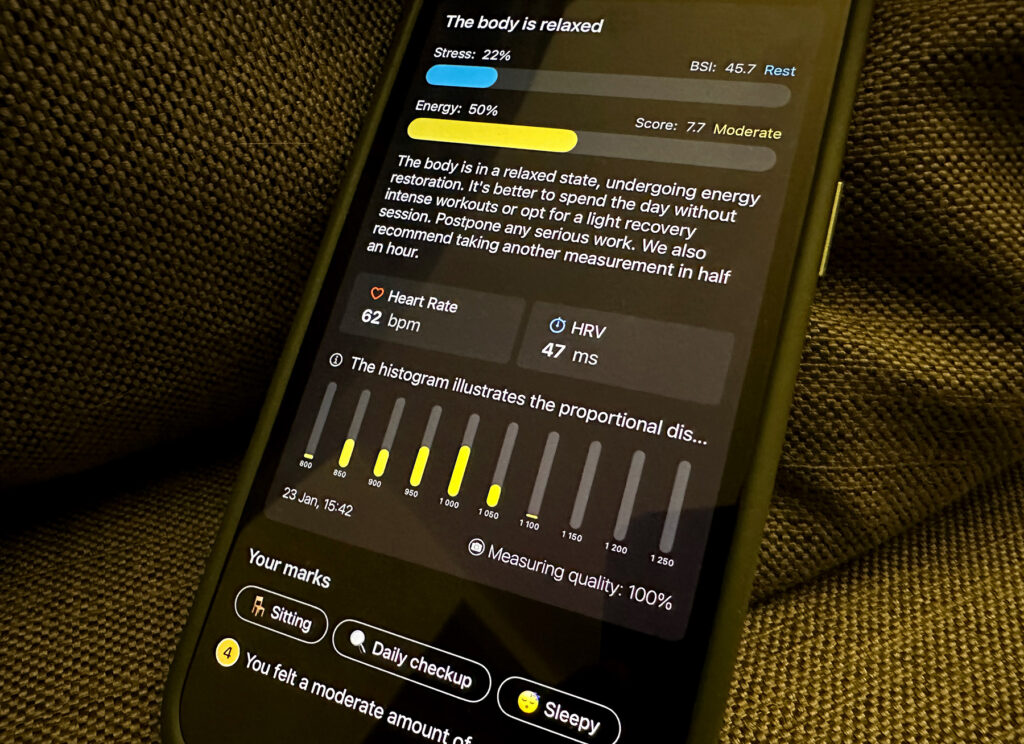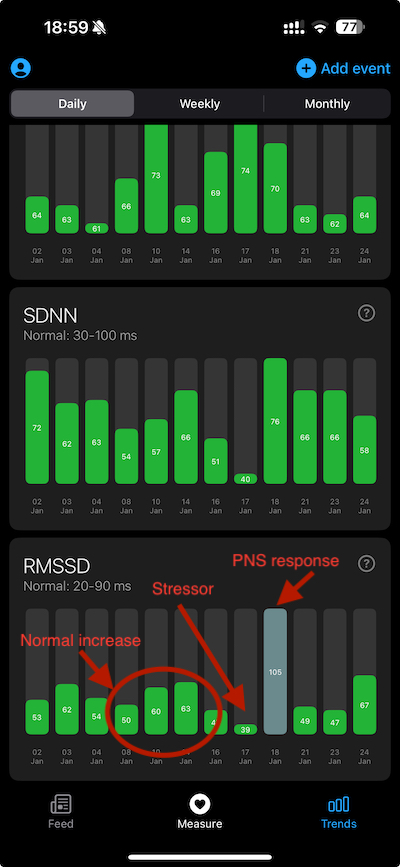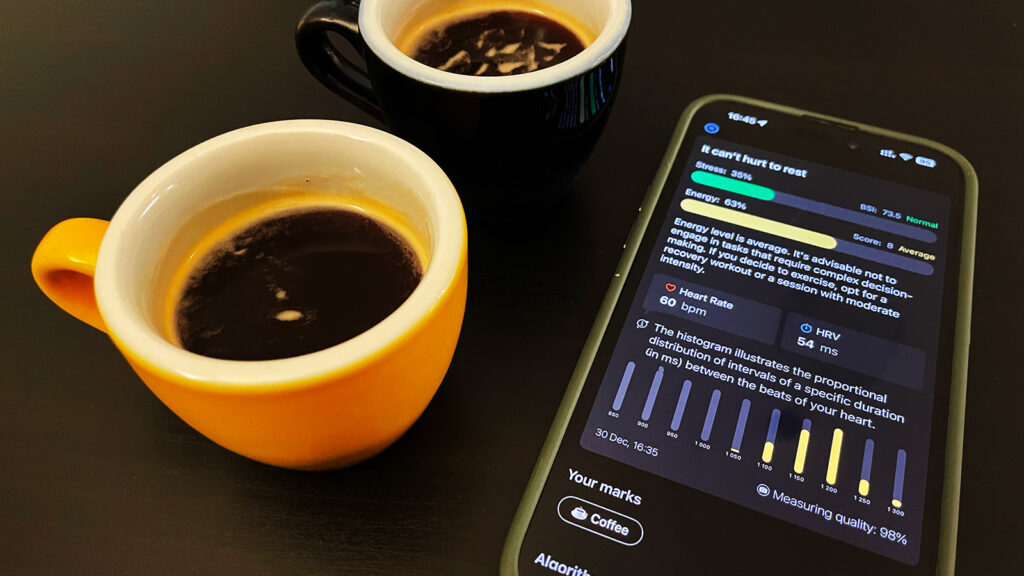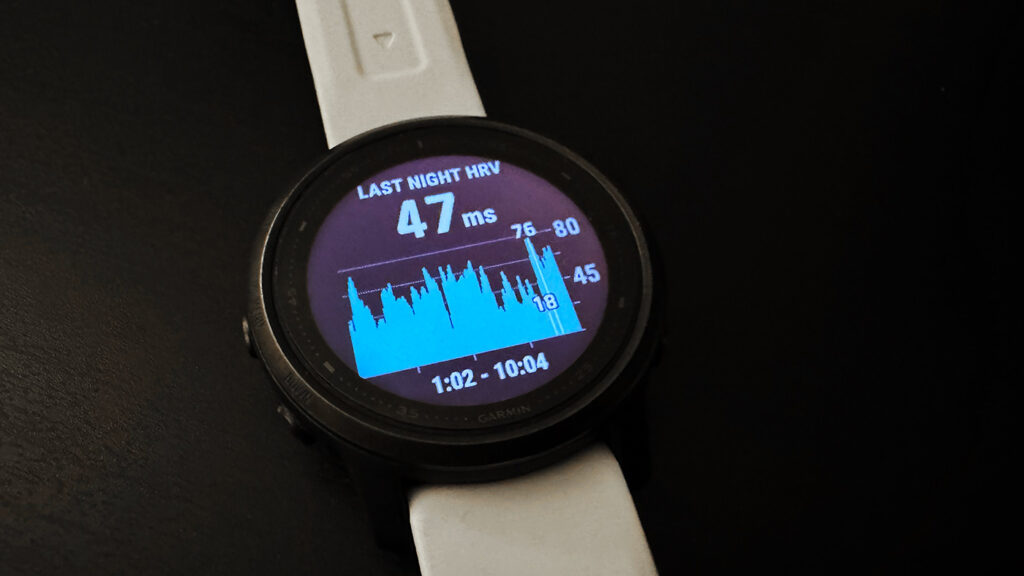When I first learned about heart rate variability, long before working on Wellhero, I started using HRV values to determine the optimal timing for workouts and analyze my well-being. I was always curious about how my variability differs from that of other people. I have read many studies on Pubmed in search of norms.
Now I understand that my approach was initially incorrect. I compared my variability with the variability of other people, but I should have been comparing it with my own, but at different time periods.
Norms can be highly individualized

Various studies indicate that normal RMSSD values for adults can range from 20 to 90 ms, showing significant difference, isn’t it?
For example, if we get a value of 50 ms, it will fall within the normal range, but we still need to understand what that specifically means for your body.
When we take the first HRV measurement, essentially, it doesn’t give us much. To obtain your specific norms, you need to take a series of measurements at the same time under the same conditions. That’s why we recommend measuring immediately after waking up.
High HRV is not always good
Elevated HRV compared to your normal values may indicate that the body is overtrained or was stressed, and there is an increased activity of the parasympathetic nervous system for recovery.
How to distinguish natural increases in HRV (e.g., after consecutive workouts) from an increase in HRV due to increased parasympathetic system activity?
You need to look at the trend.In the case of parasympathetic system activity, a sharp increase in HRV often follows a decline due to a stressor event. You will notice this on the graph, especially if you measure regularly.

Consistently low HRV could be a reason to consult with a doctor
Consistently low HRV (RMSSD below 20) may be a cause for concern, especially if you are not taking any medications that could lower HRV – some types of antidepressants and beta-blockers.
It is important to understand that claiming you have low HRV can only be done by measuring at the same time in a calm state, for example, after waking up. After intense exercise or smoking a cigarette, HRV will definitely be lowered, and that is normal.
We also suggest examining the level of physical stress, indicated by the Baevsky Stress Index (BSI) on Wellhero.
In these cases, it is crucial to continuously monitor and frequently measure to comprehend the dynamics of the situation. Keep in mind that neither the internet nor mobile applications can serve as reliable tools for diagnosing illnesses. Consult with qualified medical professionals equipped with professional diagnostic equipment.
Checking all variability metrics is worthwhile
In addition to metrics like RMSSD and SDNN, which are commonly used to determine variability, it is always useful to look at metrics such as:
PNNi50 – indicates recovery after physical stress;
CV – indicates the ability of your body to cope with stress;
AMo50 – helps understand how susceptible the body is to stress and loads at the moment, used in calculating BSI;
MxDMn and Mo – also used in the calculation of BSI to determine stress.

